
Che Can community tourism .
The images and contents on display introduce, promote and honor the values of cultural heritage, relics and scenic spots of Vietnam; affirm the potential for cultural and tourism development, strengthen the connection in tourism development between provinces and cities, create a strong driving force to attract resources for tourism development, and enhance the image of the country and people of Vietnam.
The General Exhibition Area takes visitors into the space of “Traveling through Vietnam’s cultural heritage and scenic spots”, with many diverse cultural colors. The exhibition area highlights the values of UNESCO-recognized heritages, historical relics, famous scenic spots and the typical cultural life of the Vietnamese ethnic communities.
The Organizing Committee selected 300 beautiful photos to introduce the heritages honored by UNESCO. These are the world natural heritages of Ha Long Bay, Phong Nha - Ke Bang National Park; the world cultural heritages: Hue Monuments Complex, Hoi An Ancient Town, My Son Cham Relics, Thang Long Imperial Citadel Central Relics, Ho Dynasty Citadel Relics; and the mixed cultural and natural world heritage: Trang An Scenic Landscape Complex.

Pha Din Pass.
These are spaces to introduce intangible cultural heritages: Nha Nhac - Vietnamese Royal Court Music, Central Highlands Gong Cultural Space, Quan Ho Folk Songs, Ca Tru, Giong Festival at Soc Temple and Phu Dong Temple, Xoan Singing, Hung King Worship, Southern Amateur Music Art, Nghe Tinh Vi and Giam Folk Songs, Tug of War Rituals and Games in Vietnam, Vietnamese Mother Goddess Worship of the Three Palaces, Central Vietnam Bai Choi Art, Then Practice of the Tay, Nung, Thai People
World biosphere reserves in Vietnam and documentary heritage: Nguyen Dynasty woodblocks; Nguyen Dynasty royal records, Truc Lam Zen Buddhist scriptures woodblocks of Vinh Nghiem pagoda, Poetry and literature on Hue royal architecture, Phuc Giang school woodblocks, “Hoang Hoa Su Trinh Do” book; global geoparks: Dong Van Stone Plateau, Cao Bang Non Nuoc Park, Dak Nong UNESCO Global Geopark, etc.
The exhibition area also introduces images of historical relics, famous landscapes and typical cultural life of regions across the country such as: Northwest terraced fields, Ba Be Lake (Bac Kan), Huong River - Ngu Mountain (Hue), Tam Coc - Bich Dong (Ninh Binh)... Traditional craft villages; Community culture: cultural villages, weddings of ethnic minorities, traditional festivals, folk games...
The thematic exhibition “Some traditional costumes in the community of Vietnamese ethnic groups” introduces an overview of traditional costumes of Vietnamese ethnic groups in daily life, festival costumes, rituals... displayed by region, with diverse and unique nuances in design, material, pattern, not only a typical symbol of the culture of each ethnic group but also containing artistic and historical values...

Countryside painting.
In particular, the Exhibition also has a dedicated area for displaying and performing light sculptures by young artist Bui Van Tu, who has inherited the quintessence of traditional Vietnamese handicrafts combined with the creativity of contemporary youth to create light sculptures. At the Exhibition, he brought the following works: Pride of Vietnam; Dien Bien Phu Victory; Dien Bien Soldier.
The Vietnamese tea culture space is also a tourist attraction, a place for cultural exchange with products from tea regions of Dien Bien, Lai Chau, Ha Giang, Thai Nguyen, Tuyen Quang...
Along with that are the rich cultural colors at the Exhibition area of Colorful Space of Cultural Heritage Tourism and scenic spots of the provinces and cities of Dien Bien, Lao Cai, Yen Bai, Thai Nguyen, Bac Giang, Hung Yen, Ninh Binh, Thanh Hoa, Nghe An, Thua Thien Hue, Quang Nam, Phu Yen, Khanh Hoa, Dak Lak, Gia Lai, Lam Dong, Dong Nai, Dong Thap, Hau Giang, Bac Lieu, An Giang.
Each province and city focuses on introducing cultural and natural heritages, typical local landscapes, and popular tourist destinations; introducing unique features of community life; promoting the potential of local ecotourism and sustainable tourism, typical traditional handicrafts, culinary arts, and local products.
Within the framework of the exhibition, cultural and artistic exchange programs take place every day with the participation of professional and non-professional art groups and clubs from provinces and cities, introducing intangible cultural heritages of the nation, traditional folk art forms, folk songs, folk dances, performances of traditional Ao Dai, etc. In addition, there are contemporary folk art performances that breathe life, praise the beauty and love of the homeland and country, and celebrate the 70th anniversary of the historic victory of Dien Bien Phu.
Source


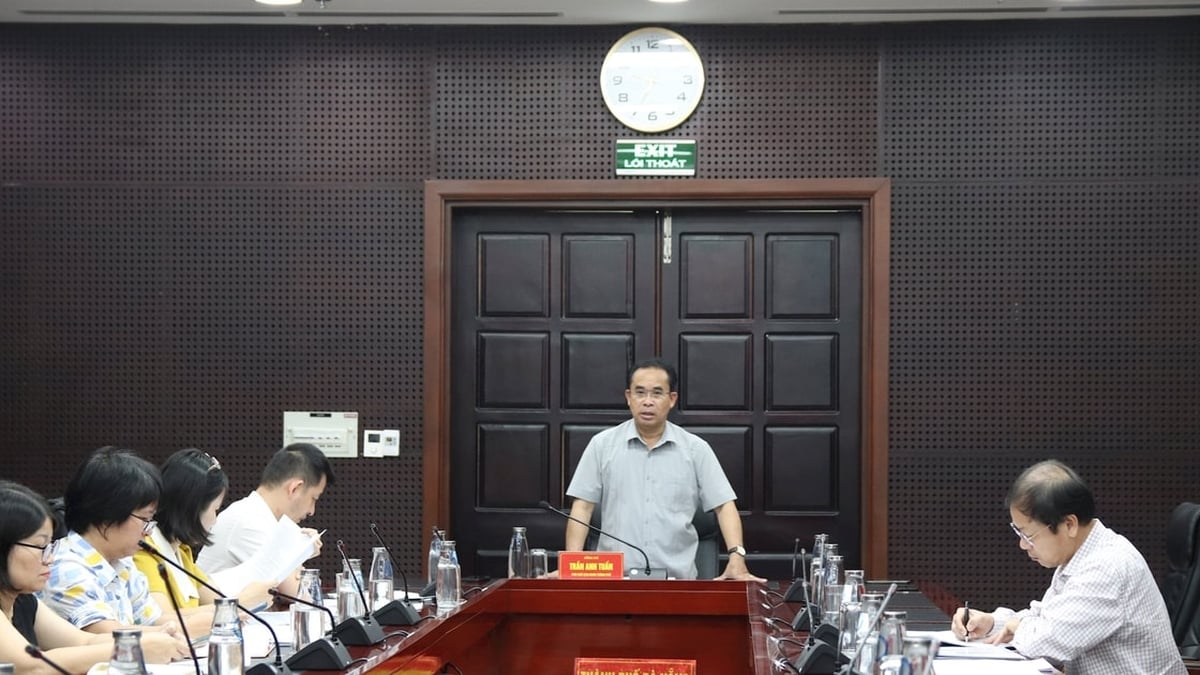
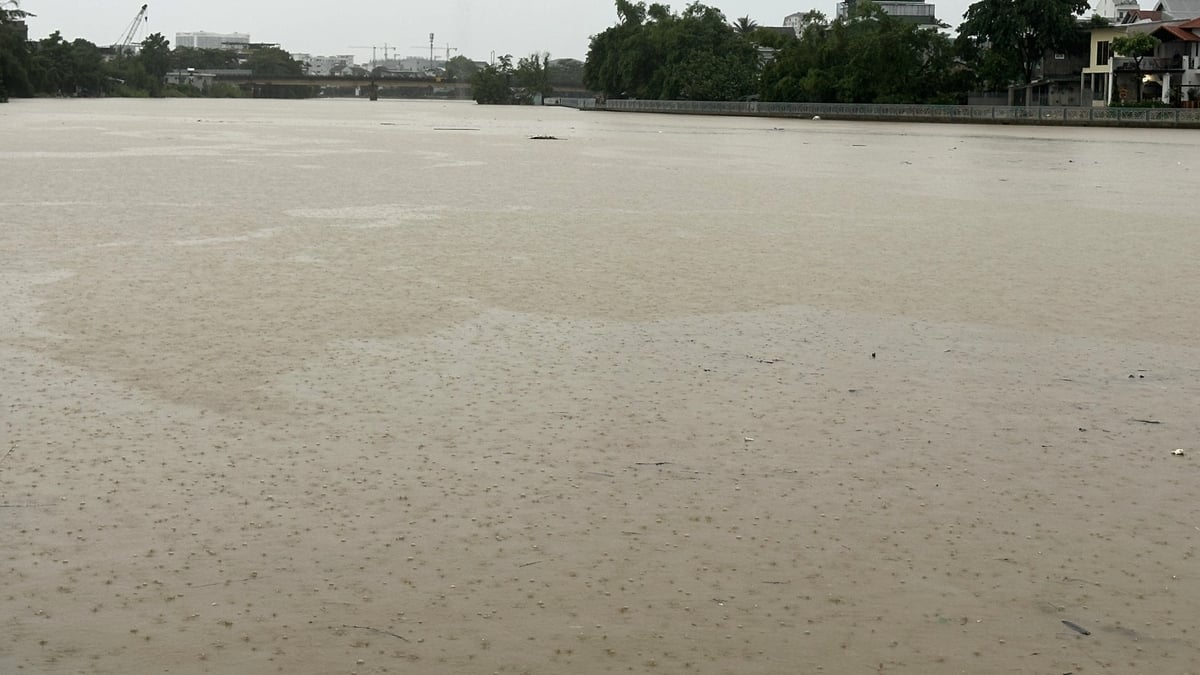
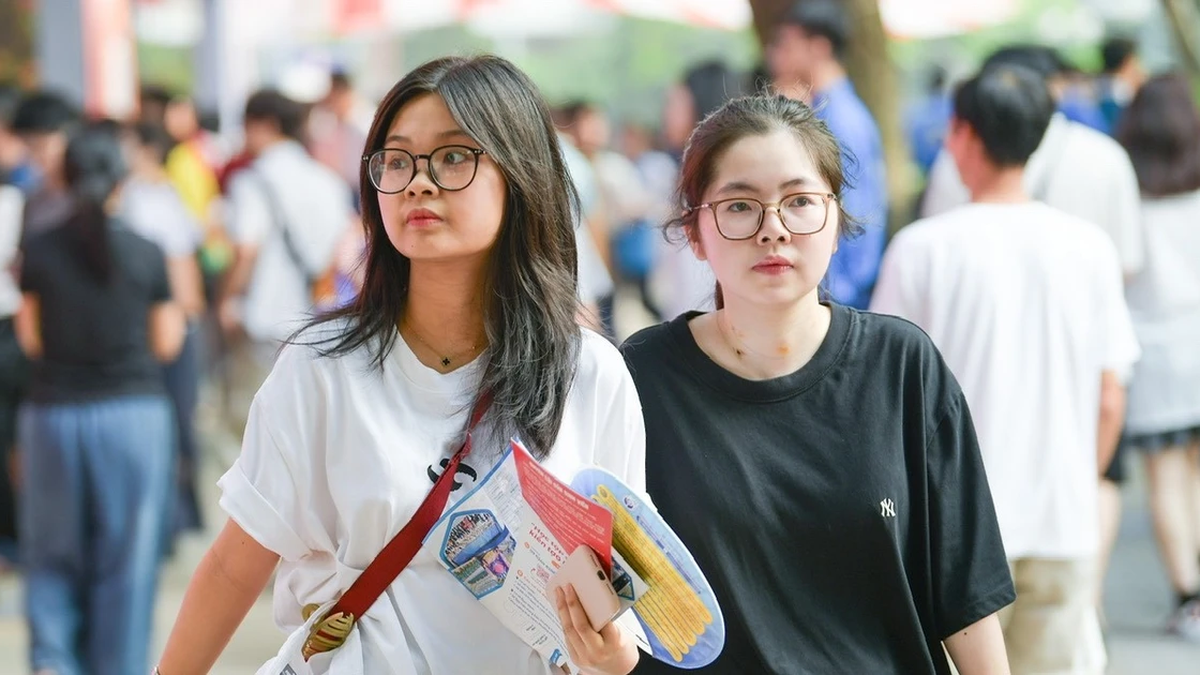
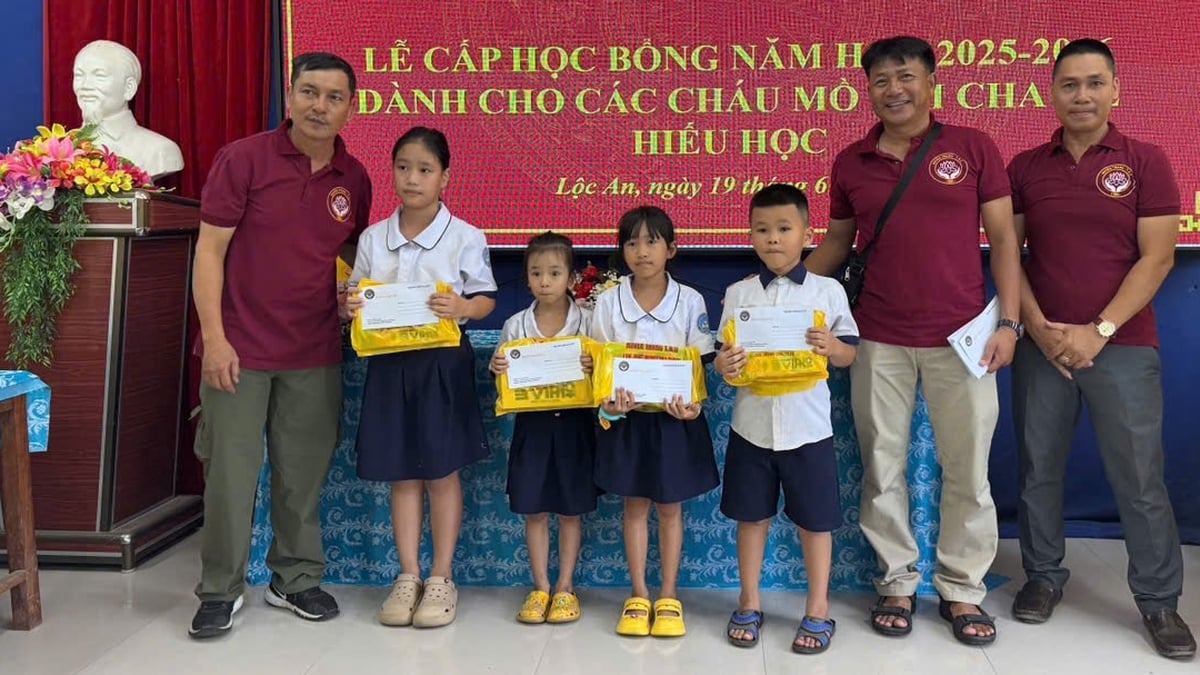
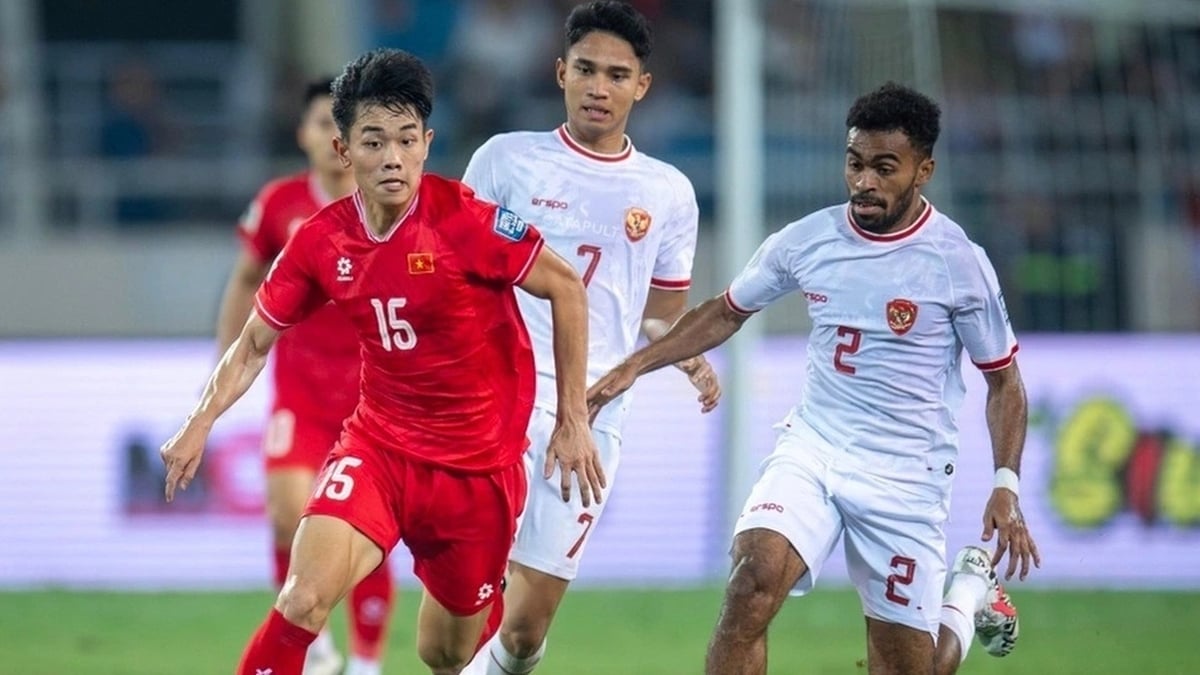
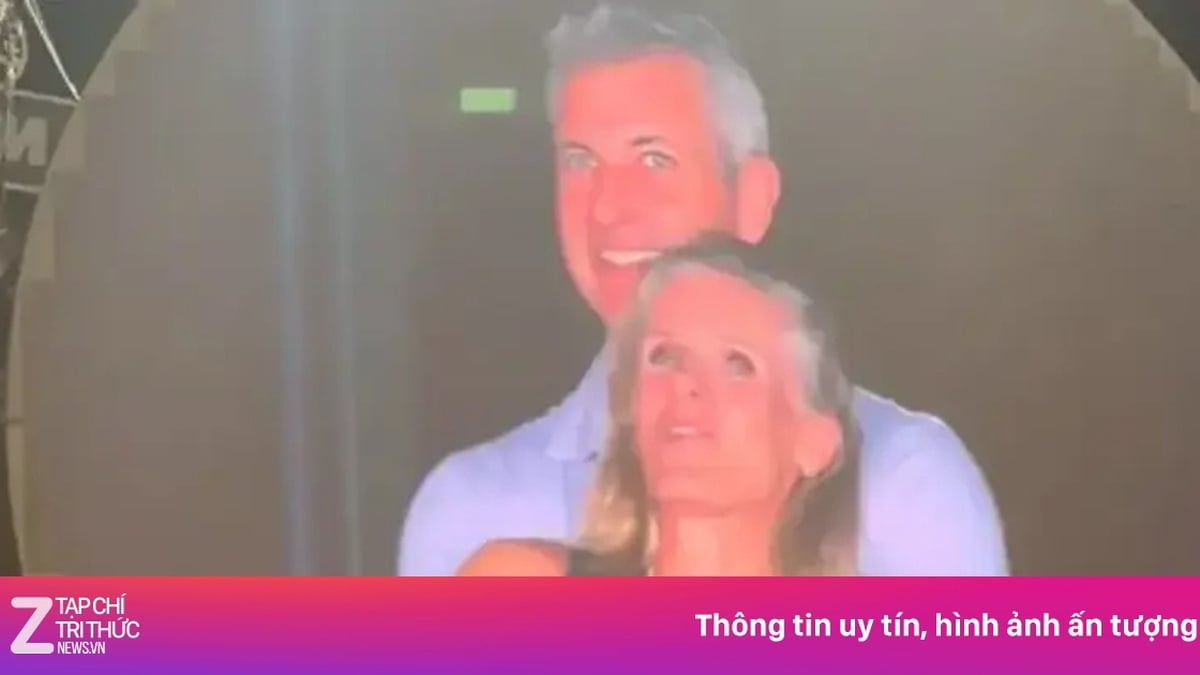
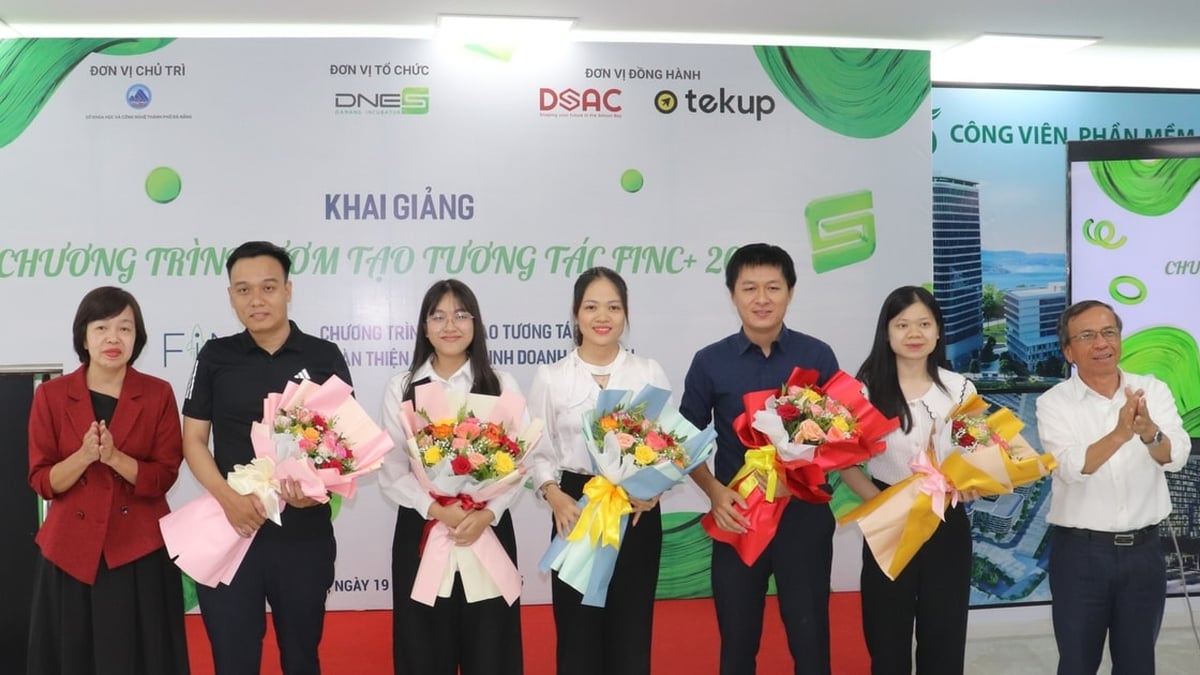
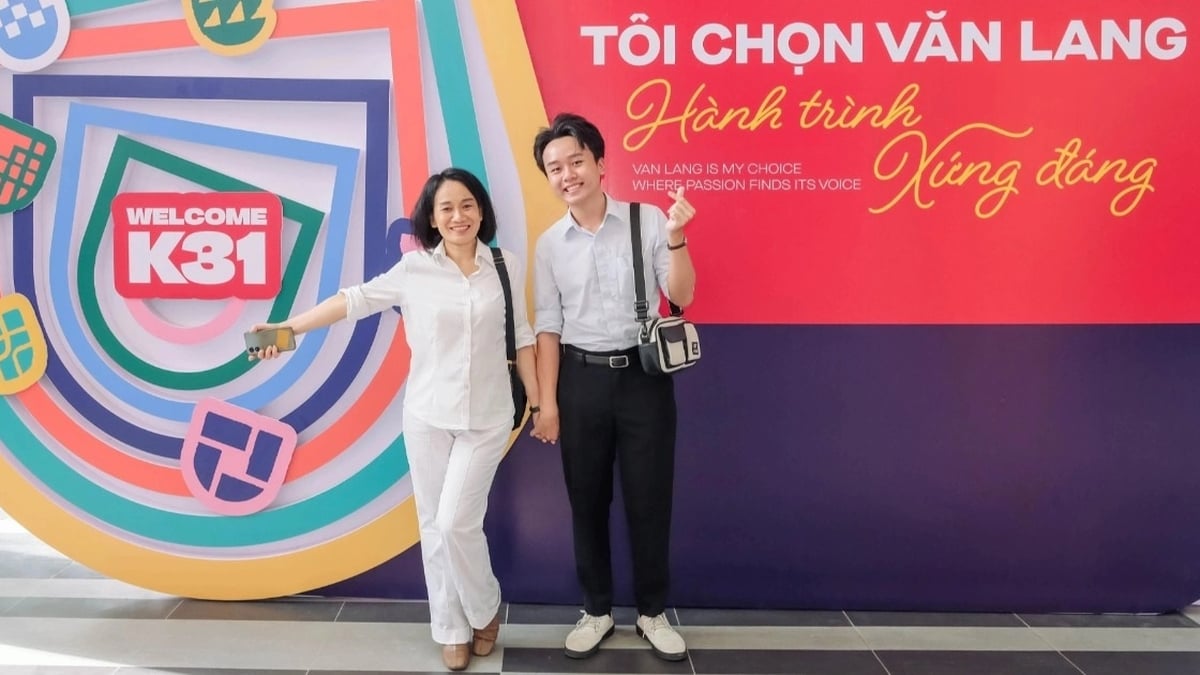

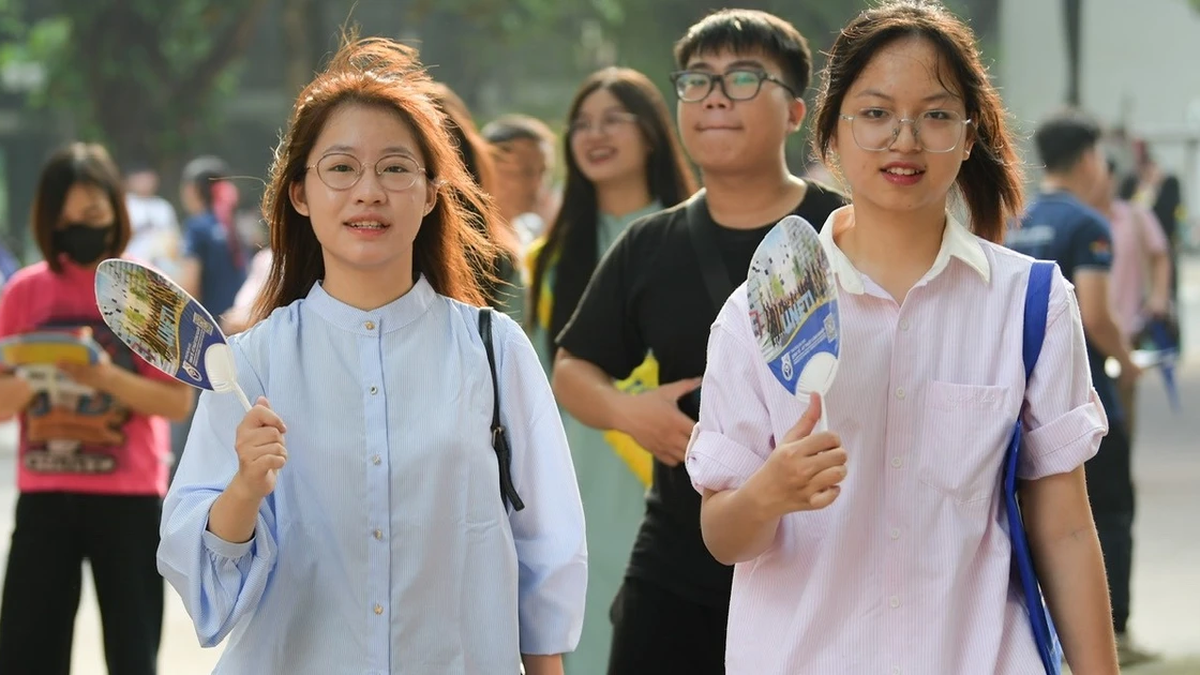























































































Comment (0)